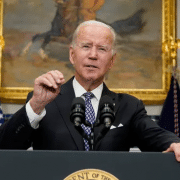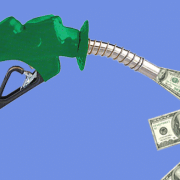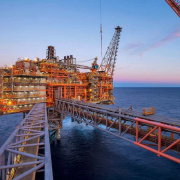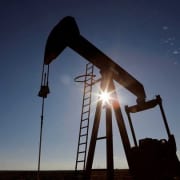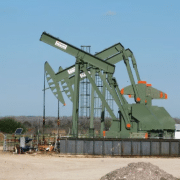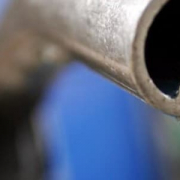Permian Strategic Partnership (PSP) President and CEO Tracee Bentley made a compelling case. It is for the positive impact of oil and natural gas production. The impact on local communities during her testimony before the U.S. House Subcommittee on Energy and Mineral Resources at The University of Texas Permian Basin Midland Campus on Feb 13.
The hearing “Federal Energy Production Supports Local Communities,” shows an opportunity for Bentley. They are to showcase the Permian Strategic Partnership’s extensive contributions towards education, healthcare, and workforce initiatives. This was helping them to strengthen the communities where the PSP operates.
In her remarks, Bentley highlighted the PSP’s nearly $125 million worth of investments and $975 million in collaborative investments for the Permian Basin. In 2022 alone, the PSP invested $32.6 million in education, workforce, healthcare, and road-building initiatives. These programs will support crucial social and economic infrastructure in both West Texas and Southeastern New Mexico.
“Our work is made possible through our members’ vision and long-term commitment to our region and communities,” Bentley said. “By supporting responsible energy development, you are supporting our efforts and investment in an area that the U.S. and the world will rely on for decades to come.”
Permian Strategic Partnership Focus
The Permian Strategic Partnership has focused significant efforts on improving public education, healthcare, and workforce development since its founding five years ago. The partnership of twenty oil and gas companies operating in the Permian Basin in West Texas and Southeastern New Mexico has invested over $47 million in education initiatives across the Permian Basin, supporting local public schools, universities, teachers, and students.
“Our work for future generations begins with investing in education. Polling of PSP’s member company employees has shown that public education is the single greatest factor in evaluating a location change, and it is equally important to families already living in the Permian Basin,” Bentley said.
Click here to read the full article
Source: World Oil
If you have further questions about the topic of the Permian Strategic Partnership, feel free to contact us here.


